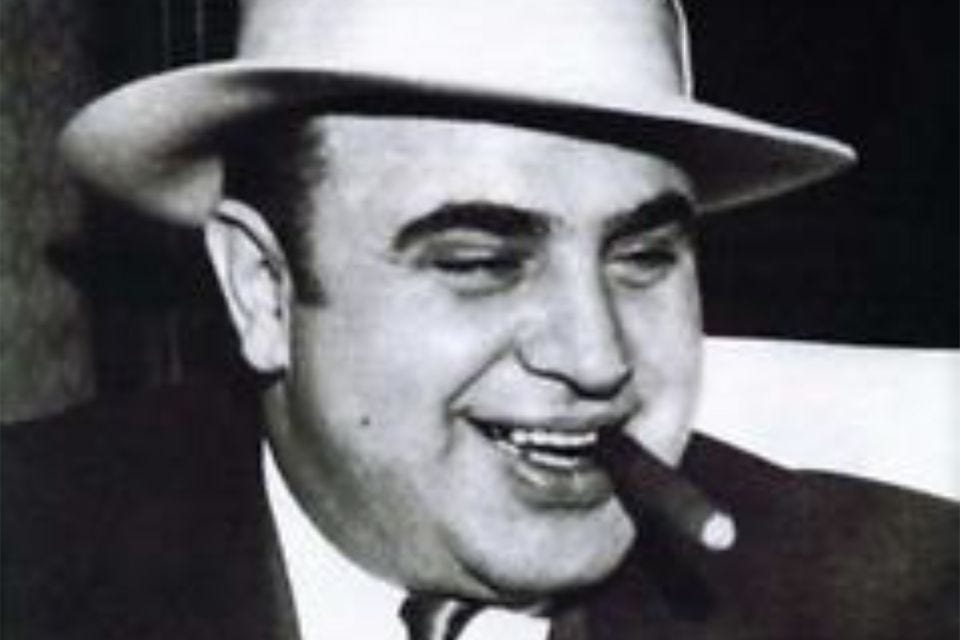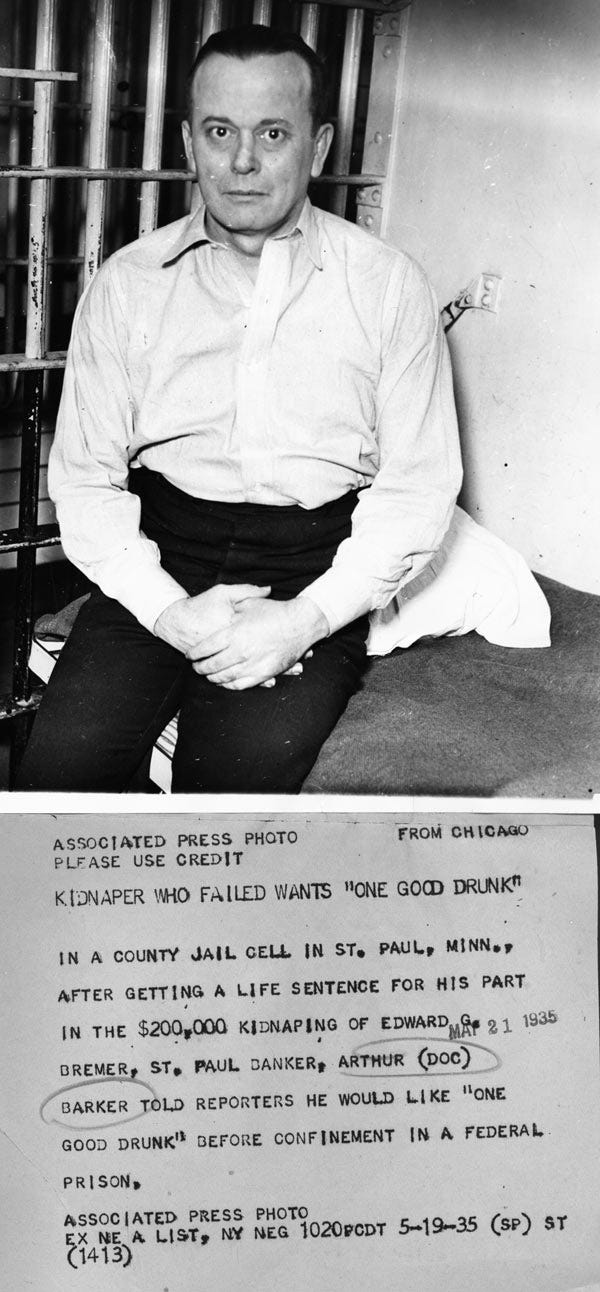Escaping "The Rock?": Five Men Who Challenged Alactraz's Reputation As Escape Proof
Two separate escapes in 1937 and 1962 captured the public's imagination, as these men had seemingly done the impossible: Escape from Alcatraz
History
Arguably the most famous prison in American history, Alcatraz Federal Penitentiary began its existence as a fort. Due to the island’s strategic location in the San Francisco Bay and facing out to sea, the fort was designed to protect against invasion.
Seized by the U.S. during the Mexican-American War, by the 1860s, the fort was being used to imprison alleged Confederate sympathizers during the American Civil War, foreshadowing its future use.
In 1895, numerous Native Americans were sent to the island for refusing to comply with forced government mandates. As the number of prisoners on the island grew, it became an official military prison in 1907.
Between 1910 and 1912, the prison was expanded, and a new 600-cell complex along with a hospital and mess hall were built.
Alcatraz Federal Penitentiary
In 1933, the Department of Justice took over the Disciplinary Barracks on Alcatraz, and the following year, in 1934, Alcatraz officially became a federal prison.
Ironically, it could be argued that the federal government’s own policy created the need for a maximum-security federal prison like Alcatraz. The creation and enforcement of the Volstead Act, commonly known as prohibition, created a new breed of criminal gangster who could make a fortune by selling bootleg alcohol.
This loose affiliation of rum runners would come together and create what would become the American Mafia. The unprecedented wave of violence and gangland murders throughout the country during this period caused a backlash from the public, as it appeared the government and law enforcement were not equipped to deal with the lawlessness that they had helped to create.
Perhaps Alcatraz’s most famous inmate, Al Capone, who served four and a half years on “The Rock,” came to personify the prohibition-era gangster.
Other notable organized crime figures who have served time at Alcatraz include Los Angeles-based mobster Mickey Cohen and Harlem-based mobster Ellsworth “Bumpy” Johnson.
The prison also housed several notorious Depression Era gangsters and bank robbers, including “Machine Gun Kelly,” Alvin Karpis of the Barker-Karpis Gang, and Arthur “Doc” Barker, a member of the same gang who was killed by guards during an escape attempt on January 13, 1939.
Because of its reputation as an “escape-proof” prison, many prisoners from other federal prisons who had disciplinary problems or were prone to escape were sent to Alcatraz.
Successful Escapes?
Though prison officials liked to boast that no one had ever successfully escaped from Alcatraz, that is not entirely true. In the prison’s 29-year history as a federal penitentiary, there have been five men to successfully break out and make it into the water.
These two escapes, which occurred 25 years apart, are eerily similar, and although officials were quick to say that all five men likely perished in the frigid waters, the fact remains that no bodies were ever recovered.
In fact, after both escapes, reported sightings and encounters with the fugitives continued to come in even decades later. Additionally, the FBI continued to investigate the cases decades after the escapes.
1937 Escape
Interestingly, the first “successful” escape attempt from Alcatraz was just the second recorded escape attempt in the prison’s brief history. The first occurred in 1936 when an inmate was shot and killed by guards after attempting to scale a chain link fence.







